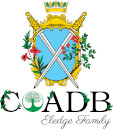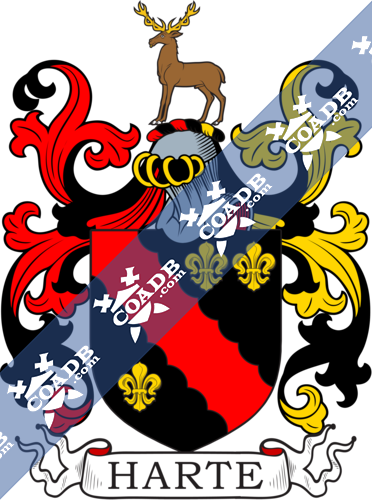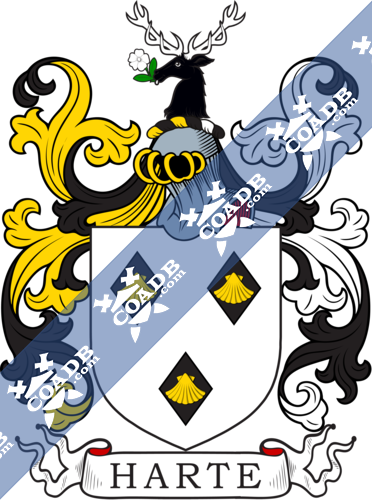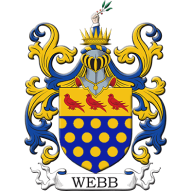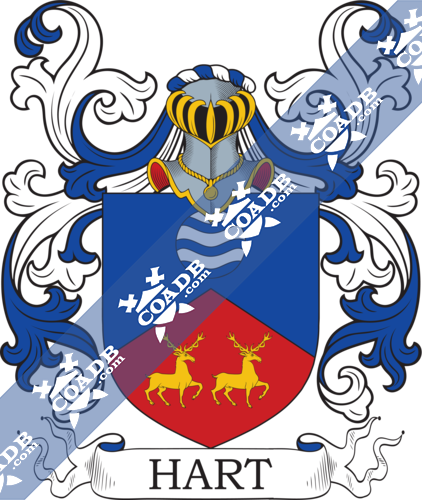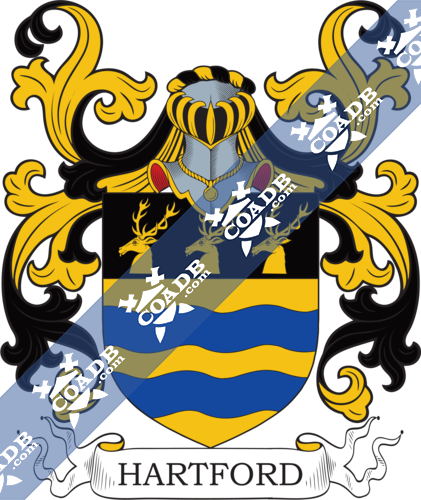Harte Family Crest, Coat of Arms and Name History
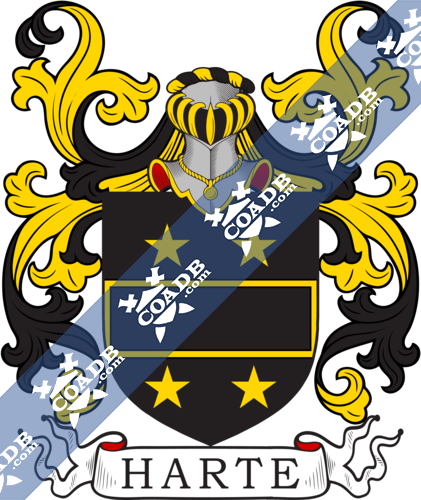
Harte Coat of Arms Gallery
Don’t know which Coat of Arms is yours?
We can do a genealogical research. Find out the exact history of your family!
Learn MoreHarte Origin:
England, Ireland
Origins of Harte:
This unique surname is of an Anglo-Saxon origin and is an example of that large group of old European surnames that was slightly formed from the continual use of pet names. The nicknames shown in the first example related to a variety of qualities, like physical characteristics, mental and moral attributes, contained considering likeness to an animal’s or bird’s appearance, or style of dressing and profession. The surname acquires from the Olde English pre 7th Century “heorot,” Middle English “hert,” which means stag, male deer, and would have given to a very fast mover. The surname was first noted in the mid-11th Century and can also appear as Harte, Heart, Hart, and Hurt. Roger Hert recorded in the 1166 Premium Rolls of Norfolk and Simon le Hert listed in the 1197 Feet of Fines of Kent. In some situations, the surname may be of Irish source and is an Anglicized form of the Gaelic “O’hAirt,” combination of the components “O,” offsprings of, with “Art,” a byname which means bear, hero.
Variations:
More common variations are: Hartey, Hartie, Harteh, Hartte, Hartye, Hearte, Huarte, Harite, Harate, Hartea.
Ireland:
The surname Harte first appeared in division Meath old part of the kingdom of Brega, existed in Eastern Ireland, in the county of Leinster, where they were of the southern Ui Neill.
England:
The very first recording spelling of the family was shown to be that of Aelfric Hort, dated about 1060, in the “Olde English By name record,” Hampshire. It was during the time of King Edward, who was known to be the “The Confessor,” dated 1040-1066. The origin of surnames during this period became a necessity with the introduction of personal taxation.
Ireland:
Many of the people with surname Harte had moved to Ireland during the 17th century.
United States of America:
Individuals with the surname Harte settled in the United States in four different centuries respectively in the 17th, 18th, 19th, and 20th. Some of the individuals with the name Harte who landed in the United States in the 17th century included Mary Harte arrived in St Christopher in 1634. Henry Harte came to Virginia in 1635. Thomas Harte came to Virginia in 1642. Ann Harte landed in Virginia in 1661. Jane Harte arrived in Virginia in 1664.
People with the surname Harte who settled in the United States in the 18th century included Fredrich Harte landed in Pennsylvania in 1738.
Some of the population with the name Harte who arrived in the United States in the 19th century included Charles Harte arrived in Pennsylvania in 1807. CharlesJ Harte landed in Missouri in 1838. Fr Conr Harte came to America in 1845. Joh Fr Conr Harte, who landed in America in 1847. James Harte landed in St Clair County, Illinois in 1869.
People with the surname Harte who settled in the United States in the 18th century included William Henry Harte arrived in Arkansas in 1902.
Australia:
Individuals with the surname Harte who settled in Australia in the 19th century included John Harte arrived in South Australia in 1855 aboard the ship “Coromandel.” Mary Harte arrived in South Australia in 1855 aboard the ship “Lady Macdonald.”
Here is the population distribution of the last name Harte: United States 3,733; Ireland 3,652; England 3,065; Northern Ireland 739; Netherlands 678; Australia 659; Germany 639; Canada 584; Scotland 545; South Africa 511.
Notable People:
Chris Harte was an American newspaper publisher.
Bill Harte (born 1971), is an American soccer player.
Christopher Harte (born 1949), is an Irish cricket player.
Dennis J. Harte (1866–1917), was a New York leader.
Jack Harte (Irish politician) (born 1920), is an Irish Labour Party politician.
Frank Harte (1933–2005), was a traditional Irish musician.
Leanne Harte was an Irish musician and composer.
Bret Harte (1836–1902), was an American writer and poet.
Robert Harte (U.S. actor), is an American actor.
Robert Harte (New Zealand actor), is a New Zealand artist.
Blazons & Genealogy Notes
1) (co. Kent). Sa. a fesse or, voided of the field betw. four mullets of the second.
2) (Melton Mowbray, co. Leicester). Sa. a bend engr. betw. three fleurs-de-lis or. Crest—A stag ppr.
3) (Fulham, co. Middlesex, and Wallpoole, co. Norfolk, 1634). Ar. three lozenges sa. charged with as many escallops or. Crest—A stag’s head erased sa. attired ar. in the mouth a flower of the last stalked and leaved vert.
